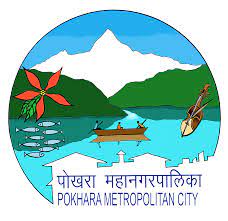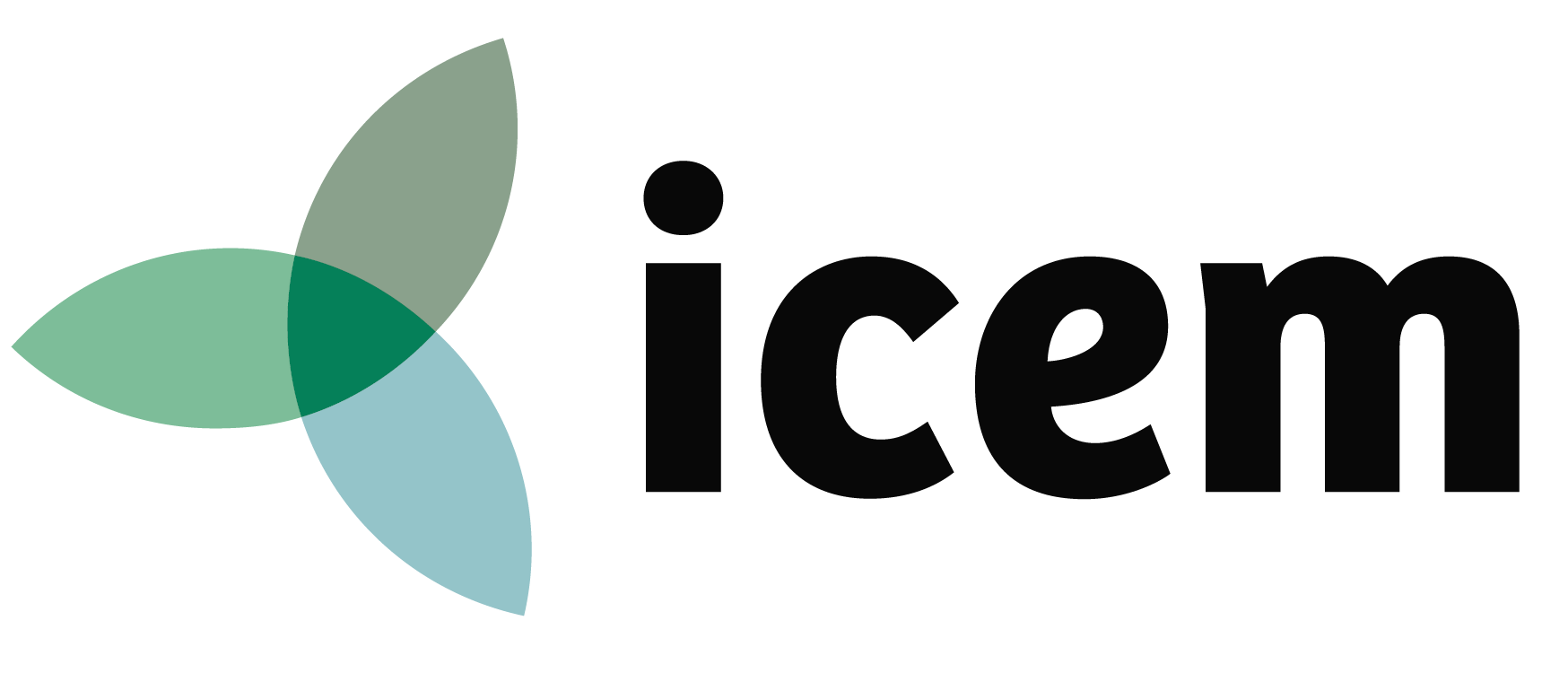Please log in
Invalid username or password!
Select a row to display the asset in relation to the mapped hazards

Pokhara Metropolitan City
Road Asset Management System
Client: The World Bank and Ministry of Urban Development | Donor: Global Facility for Disaster Reduction and Recovery| Development: International Centre for Environmental Management and GEOCE | Duration: November 2021 – February 2023 |Location: Pokhara, Nepal
Project objectives
Through the Strengthening resilience of the road and drainage network in Nepal’s secondary cities project The World Bank is committed to supporting the Government of Nepal to
(i) improve planning, design and quality of road infrastructure in Nepal’s urban areas, (ii) support municipalities in strengthening the strategic and operational linkages between road design, asset management, and risk and hazard mapping, (iii) contribute towards safeguarding the quality and sustainability of infrastructure investments under the Nepal Urban Governance Infrastructure Project (NUGIP), and (iv) improve capacity to develop and implement road design guidelines at the national level.
About the RAMS
A key project activity is to develop a Road Asset Management System (RAMS) for Pokhara Metropolitan City (PMC) which aims to facilitate the decision-making around road asset management and infrastructure planning, including integration of climate and disaster risk data. The RAMS is developed in consultation with the PMC and through comprehensive field surveys.
Development process in short
Capacity needs assessment of PMC’s asset management > Participatory mapping of strategic assets and hotspot areas > Collection of climate- and hazard data > Field surveys to build asset inventory and collect data on asset condition > Front- and backend development > Trainings and capacity building
Project Deliverables
As key outputs of the project several reports have been made available for download. These reports include the Climate Vulnerability Assessment - Pokhara, Rapid Vulnerability Assessment and Adaptation Guidelines, the Standard and Guidelines Review for Design of Resilient Urban Roads and Drainage, and the RAMS manual. The reports provide valuable insights and information on climate risks and adaptation strategies for Pokhara, as well as guidance on undertaking climate vulnerability assessment for municipalities in Nepal. The RAMS manual is another important report that contains comprehensive guidelines on how to use the Road Asset Management System (RAMS) web application, including data management and system management. The reports can be accessed through the links provided below. We encourage all stakeholders to review and utilize these reports in their decision-making processes related to road asset management and infrastructure planning.
Climate Vulnerability Assessment - Pokhara
The aim of the CVA within the project is to provide updated information on climate vulnerability and mainstream the potential impacts of climate change in road asset management, monitoring, and urban planning.
Rapid Vulnerability Assessment and Adaptation Guidelines
The purpose of this guide is to describe a practical approach to assessing the vulnerability of urban infrastructure in Nepal.
Standard and Guidelines Review for Design of Resilient Urban Roads and Drainage
This report provides a review of the existing Nepali technical standards and guidelines as well as of international best practice design standards for urban roads, landslides and drainage. It describes the strengths and weaknesses of current Nepali standards and guidelines and provides recommendations for improvement considering climate changes, particularly increased precipitation.
RAMS manual
he RAMS manual is an important report that contains comprehensive guidelines on how to use the Road Asset Management System (RAMS) web application, including data management and system management.




